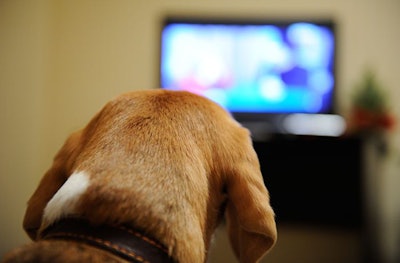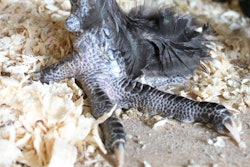
News media monitoring can help pet food companies capitalize on positive coverage, catch negative reports and address inaccurate journalism. Traditional television and radio broadcasters, along with other news media outlets, are still highly relevant in the age of social media, particularly when pet food companies face crises.
For example, in February 2018, A Washington D.C. ABC-affiliate news station, WJLA, reported that a laboratory they contracted, Ellipse Analytics, found pentobarbital in Gravy Train dog food, a brand produced by J.M. Smucker under Big Heart Pet Brands. WJLA’s report led to a a widespread dog food recall, a class action lawsuit against Big Heart Pet Brands filed in a United States District Court in California and negative social media commentary.
What’s more, pet food consumers may not distinguish between news broadcasters and social media influencers as distinct channels with different standards and attributes.
“One thing I point out is that [news] media and social mix, especially when there’s a recall or complaint that may or may not be true,” said Janine Smiley, senior public relations strategist at marketing communications firm Woodruff. “Consumers don’t speak in terms of channels, although PR does.”
Woodruff recommended using news media monitoring and analytical tools to keep tabs on television, radio, websites and other outlets. Some of these monitoring tools and services include social media monitoring for pet food companies. Some of these tools include TrendKite, Cision, Talkwalker and Google Alerts
“Media monitoring now has nice cross over with social, said Smiley. “A good example is when a TV station ran a negative story that took off from traditional to social. It crossed over immediately from traditional to social and flipped back and forth.”
How news media monitoring tools help pet food companies
Monitoring traditional media outlets allow a pet food company to gain a more comprehensive view of news coverage about their brands. Understanding the volume and content of news broadcasts can help a company learn how serious a crisis is, and how widely it has spread.
“Many media monitoring tools are sophisticated enough that they can monitor on local and national levels,” Smiley said. “From a pet food company perspective they are very flexible enough to offer opportunities both to a small company that is only concerned with a few markets or to a larger brand may need to measure coverage nationwide. The technology offers options for companies of any size.”
News media monitoring and inaccurate reporting
Journalists often have to cover stories on short deadlines with limited information, especially when pet food companies fail to release statements or respond to interview requests during a crisis. Plus, no human can be expected to be an expert in everything or omniscient. Hence, news reports may be inaccurate or cover only one side of a story.
News media monitoring tool look at how coverage of a story is trending and expanding, Smiley said. The tools help pet food companies catch when reports are inaccurate, which allows a company to react quickly to correct what is being falsely reported.
Pet food communication tools series
This article is part of a series on communications tools that pet food companies can use for crisis management, as well as for maintaining an active social media presence.



















